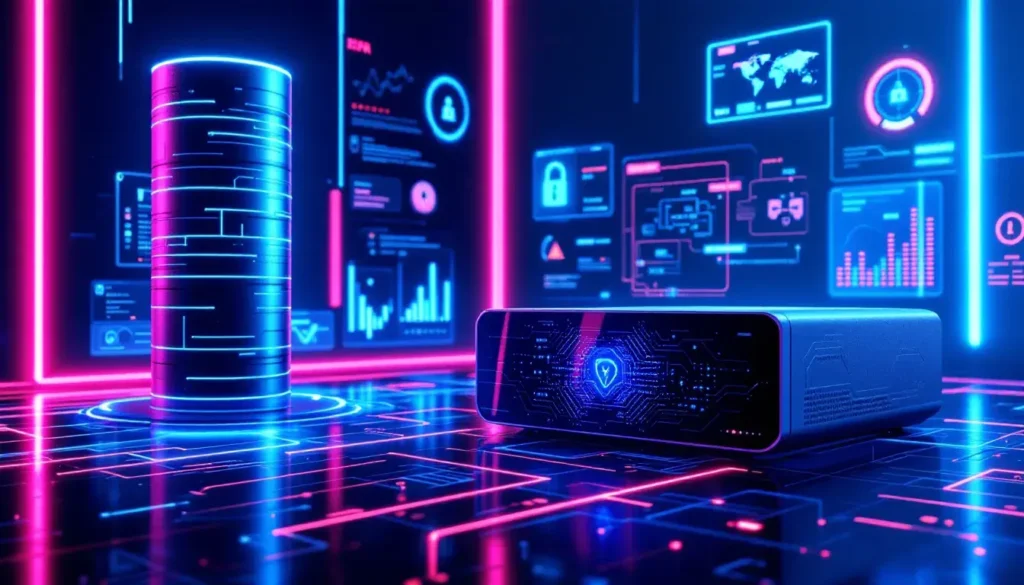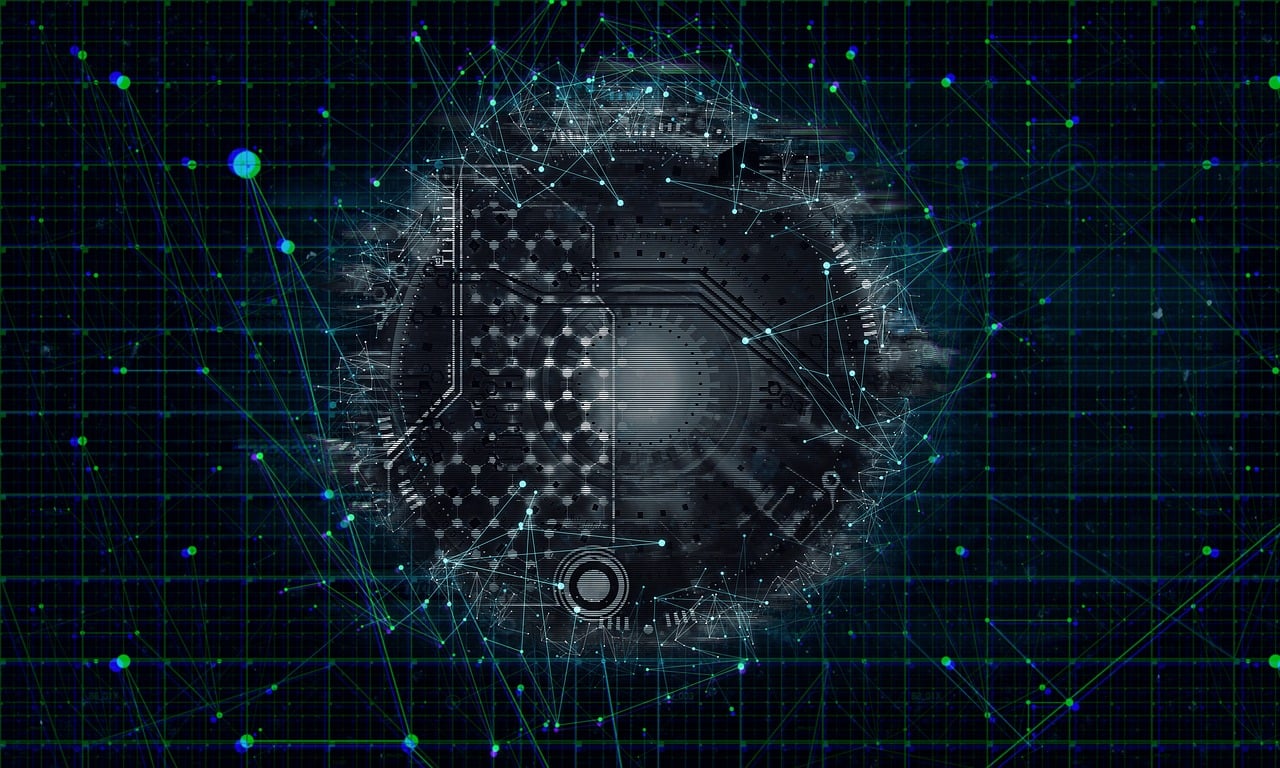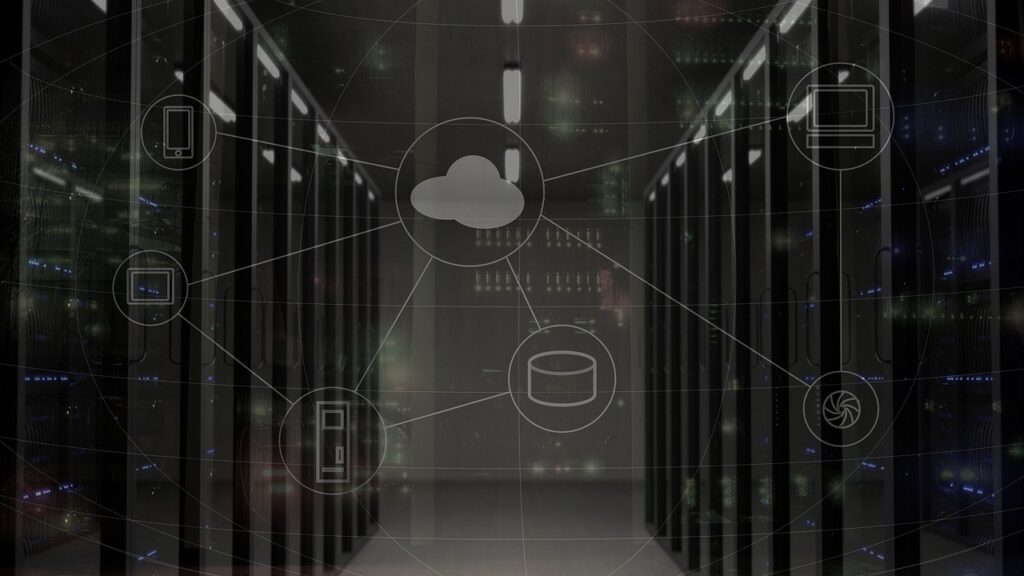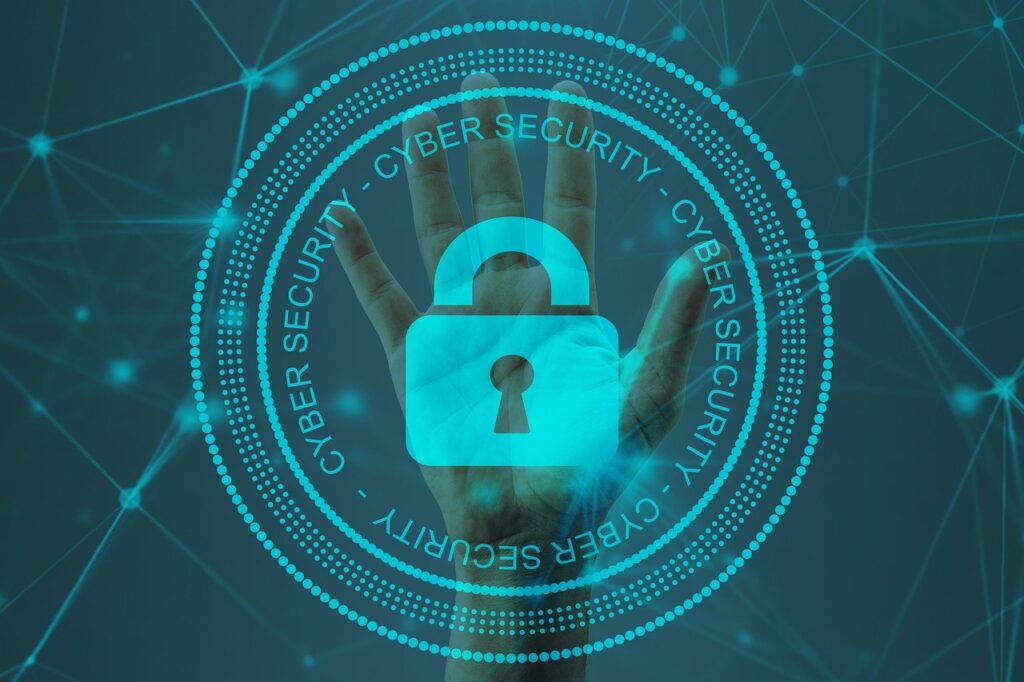Top 7 Types of Endpoint Security For 2025
What are the best ways to protect your business’s endpoint devices from cyber threats?
This article will guide you through different types of endpoint security solutions you can implement. You will discover essential tools and strategies to safeguard your devices and sensitive data effectively.
Key points
- Endpoint protection solutions are essential for protecting network-connected devices from threats like malware and unauthorized access, requiring a layered defense approach.
- Key components of effective endpoint security include antivirus software, EDR solutions, data encryption, NAC, MDM, MFA, patch management, and cloud-based protection platforms.
- Implementing endpoint security best practices, such as employee training and adaptive MFA, enhances overall security posture and promotes compliance with data protection regulations.
What is endpoint security and why does it matter?
Endpoint security refers to the measures designed to protect devices within a network from threats like malware, unauthorized access, and data theft.
In today’s interconnected world, more devices than ever are connecting to corporate networks, making endpoint security critical. Endpoint devices include laptops, desktops, smartphones, tablets, and IoT devices, all of which can be targets for cyberattacks if not properly protected.
Implementing an endpoint security solution prevents threats and safeguards sensitive data. Its primary goal is to create a layered defense, making it significantly harder for attackers to breach corporate networks.
Common measures included in endpoint security solutions are firewalls, intrusion detection systems, antivirus software, and cloud-based threat intelligence.

These solutions help in monitoring for anomalies or suspicious behavior, providing a protective shield around your devices.
The process of implementing endpoint security begins with assessing risks. Once risks are identified, appropriate security measures are chosen and deployed.
Creating policies and procedures to govern how devices are used and accessed is crucial for effective endpoint security. Adopting these endpoint security best practices helps businesses manage endpoints and protect against potential threats.
1. Antivirus and anti-malware software
Antivirus software is a cornerstone of endpoint security solutions, designed to find and remove known malware from your devices.
Traditional antivirus solutions work by comparing malicious signatures to a database to identify and eliminate known malware. This method has been effective for many years, but as cyber threats evolve, so too must our security measures.
Modern antivirus solutions have advanced beyond traditional methods, utilizing techniques like behavioral analysis and heuristic detection to identify emerging threats.
These advanced threat detection capabilities allow antivirus software to detect and neutralize malicious software that may not yet have a known signature.
Ensuring antivirus software is installed on all devices, kept up-to-date, and configured for regular scans is crucial for maintaining robust endpoint security.
Incorporating both traditional and modern antivirus tools helps businesses create a multi-layered defense against malware and other cyber threats.
This comprehensive approach ensures that endpoint devices, whether they are desktop computers, virtual machines, or mobile devices, are protected from harmful software that could compromise network security.
2. Endpoint detection and response (EDR) solutions
EDR solutions are vital for modern endpoint security, offering continuous monitoring and real-time threat mitigation.
These solutions offer extensive visibility into endpoint activities, enabling security teams to rapidly analyze and respond to suspicious behaviors and potential threats.
One of the key features of EDR is its use of machine learning and behavioral analysis to identify security threats as they occur.
This proactive approach allows businesses to stay ahead of cybercriminals who employ increasingly sophisticated methods to breach corporate networks.
The integration of threat intelligence into EDR systems further enhances their ability to detect emerging threats across networked environments.
EDR solutions also provide automated incident response capabilities, executing predefined actions to quickly address detected threats and limit damage.
This not only enhances the efficiency of the security team but also improves incident investigation by providing detailed forensic data. Investing in advanced endpoint security solutions like EDR protects endpoints and ensures the resilience of critical systems.
3. Data encryption
Data encryption is an essential security measure that protects sensitive information even if unauthorized access occurs.
Encryption converts data into an unreadable format, ensuring only authorized users can access it. This is particularly important for mobile devices, which are more susceptible to being lost or stolen.
There are different types of encryption that businesses can implement to protect their data. Full-disk encryption secures the entire drive, requiring user authentication to access the data.

This method is highly effective for laptops and mobile devices, providing comprehensive protection against data theft. File encryption, on the other hand, allows users to select specific files for protection, offering flexibility in managing sensitive data.
Encrypting sensitive data, whether stored or transmitted, adds an extra layer of protection against unauthorized access.
Security professionals recommend using full-disk encryption as part of endpoint security best practices to enhance the security of endpoint devices. This not only protects corporate data but also ensures compliance with data protection regulations.
4. Network access control (NAC)
Network Access Control (NAC) plays a crucial role in endpoint security by restricting network access to only those devices that comply with defined security guidelines.
This helps protect the organization’s network from vulnerabilities introduced by devices that do not adhere to security policies. NAC offers visibility into both authorized and unauthorized attempts to access the network, ensuring that only compliant devices are allowed.
NAC can be categorized into two types: pre-admission control and post-admission control. Pre-admission control assesses devices before granting them access to the network, ensuring they meet security requirements.
Post-admission control monitors and re-authenticates users during their session, maintaining security throughout the network interaction. This dual approach helps in managing network traffic and preventing security breaches.
Restricting the use of unauthorized devices and software through NAC helps maintain a secure endpoint environment. This is especially important for enterprise networks, where the risk of an attacker gaining access to the corporate network can have significant consequences.
Integrating NAC into your endpoint security strategy significantly enhances network security and protects critical systems from potential threats.
5. Mobile device management (MDM)
With the rise of remote work and BYOD (Bring Your Own Device) policies, managing and securing mobile devices has become more challenging yet essential for businesses.
Mobile Device Management (MDM) solutions facilitate the management of device lifecycles, improving productivity while addressing data breach concerns. MDM allows IT departments to monitor, manage, and enforce security policies on mobile devices from a centralized platform.
One of the key benefits of MDM is its ability to support a wide variety of devices while ensuring user personalization and flexibility.
This is achieved through a centralized management console that provides continuous and comprehensive visibility into endpoint devices. MDM also enforces application security through containerization, creating a secure environment for enterprise applications.
Implementing MDM helps businesses protect devices, especially those used by remote employees, by ensuring that only authorized devices access corporate networks. This reduces the risk of data breaches and malware infections, safeguarding sensitive corporate data.
6. Multi-factor authentication (MFA)
Multi-Factor Authentication (MFA) is a critical security measure that requires users to confirm their identity using various methods beyond just passwords.
This enhances endpoint security by making it significantly more difficult for unauthorized users to gain access to sensitive data. End-user devices can utilize diverse authentication techniques like biometrics and one-time passwords to achieve this, along with multiple security measures.
An example of a verification method used in MFA is a one-time code sent to a phone. This provides an additional layer of security, ensuring that even if a password is stolen or otherwise compromised, unauthorized access is prevented.
Implementing strong password policies alongside MFA further enhances security by addressing the common issue of weak or reused passwords.
MFA is particularly important for remote access, where traditional passwords alone may be insufficient to protect against security threats.
Requiring multiple forms of verification through MFA provides robust access control, ensuring only authorized users access corporate networks and sensitive data.
7. Patch management
Patch management is a vital component of endpoint security, addressing vulnerabilities in software and operating systems to prevent cybercriminals from exploiting them.
Regularly applying patches helps manage and reduce security risks within an organization by ensuring that all software is up-to-date and secure. This practice is essential for maintaining the integrity of endpoint devices and protecting against potential threats.
A recommended practice for effective patch management is to implement a patch management schedule for timely updates.
Using tools that automate patch deployment can enhance the efficiency of this process, ensuring that patches are applied consistently across all devices. This reduces the risk of security threats and helps maintain productivity by preventing malware-related disruptions.
Regularly updating and patching software is crucial for closing vulnerabilities that could be exploited by cybercriminals.
Keeping software and operating systems up-to-date helps businesses protect endpoint devices and maintain a secure network environment.
Cloud-based endpoint protection platforms
With the number of connected devices expected to reach 50 billion by 2030, cloud-based endpoint protection platforms have become increasingly important.
These platforms leverage machine learning and threat intelligence to provide real-time protection against evolving threats. This advanced threat detection capability is crucial for businesses facing a 75% increase in cloud-based intrusions today.
Cloud-based endpoint protection platforms offer several benefits, including enhanced scalability and centralized management.
These platforms typically include a local agent on devices, a cloud processing layer, and a centralized management console, providing comprehensive protection across the network.

This setup allows businesses to manage endpoints efficiently and protect against cyber threats in real-time.
Implementing cloud-based endpoint protection platforms is essential for businesses to safeguard their critical systems and prevent security threats.
These platforms provide continuous monitoring and advanced threat detection, ensuring that endpoint devices are protected from sophisticated cyber attacks.
Endpoint security best practices
Implementing endpoint security best practices is crucial for creating a robust defense against cyber threats.
Integrating various endpoint security solutions, such as antivirus software and EDR, enhances overall protection by facilitating information sharing across security tools. This approach ensures that endpoint devices are protected from a wide range of threats.
Training employees to recognize and avoid phishing attacks is essential for reducing the risk of accidental breaches.

By prioritizing vulnerabilities and implementing adaptive MFA, businesses can tailor authentication requirements based on user profiles and access levels. This enhances security by ensuring that only authorized users can access sensitive data.
The architecture of cloud-based endpoint protection platforms, including a local agent, cloud processing layer, and centralized management console, offers enhanced scalability and efficient management of devices.
Adopting these best practices helps businesses protect endpoints, manage security risks, and ensure compliance with data protection regulations.
Frequently asked questions
Why is endpoint security important for businesses?
Endpoint security is essential for businesses as it protects devices from malware, unauthorized access, and data theft, thus safeguarding sensitive information and maintaining overall network security.
Effective endpoint protection is increasingly vital as more devices connect to corporate networks.
How does antivirus software protect endpoint devices?
Antivirus software protects endpoint devices by scanning for known threats and removing malicious software, while employing advanced techniques like behavioral analysis to detect evolving threats.
This comprehensive approach ensures enhanced security against both established and emerging vulnerabilities.
What are the benefits of implementing EDR solutions?
Implementing EDR solutions enhances security by offering continuous monitoring and advanced threat detection, which allows for rapid analysis and automated responses to threats. Additionally, they provide extensive visibility into endpoint activities and improve incident investigation through detailed forensic data.
How does data encryption enhance endpoint security?
Data encryption significantly enhances endpoint security by rendering sensitive information unreadable to unauthorized users. This ensures that only authorized individuals can access the data, even in cases of device loss or theft.
What role does NAC play in network security?
NAC plays a crucial role in network security by enforcing compliance with security guidelines for devices accessing the network, thereby preventing unauthorized access and protecting against vulnerabilities. It enhances visibility into access attempts, ensuring a secure network environment.